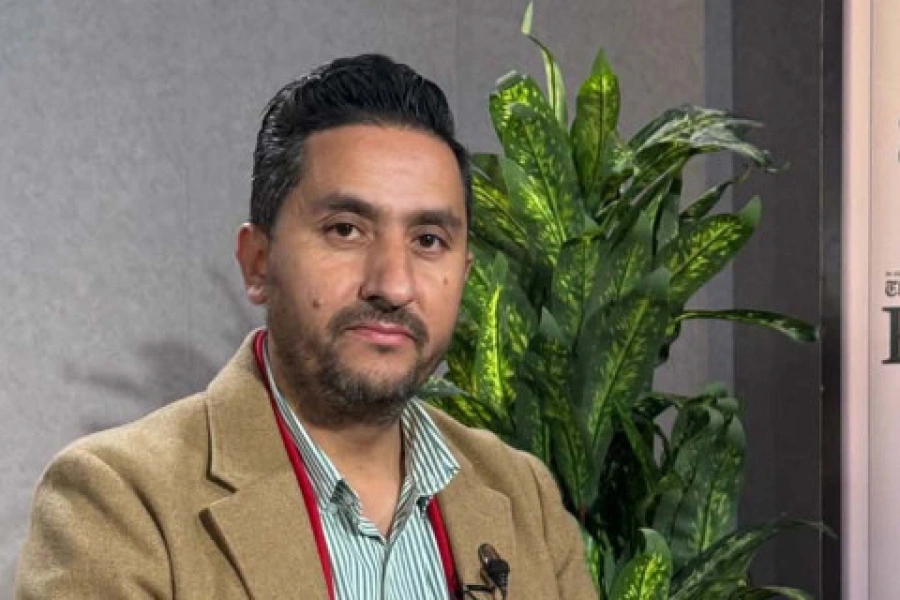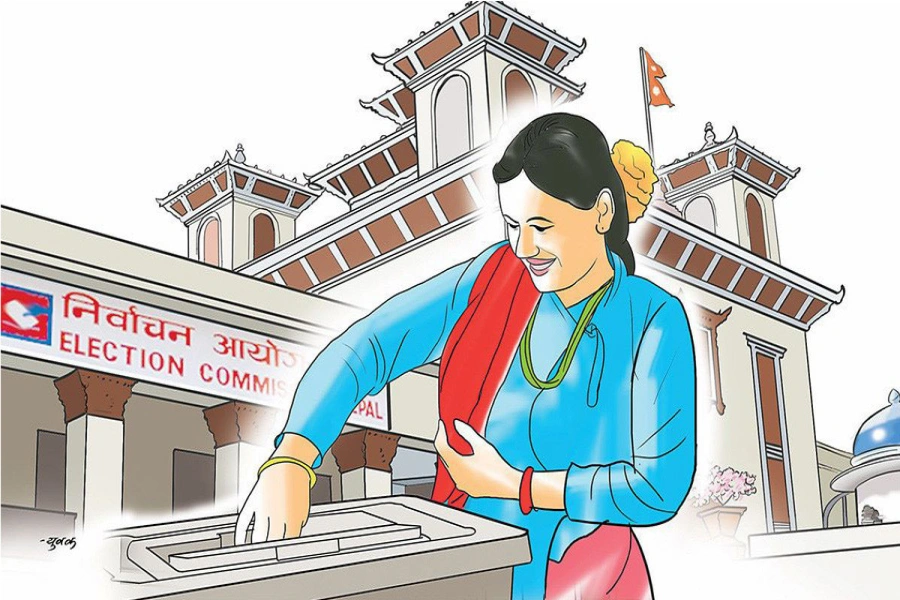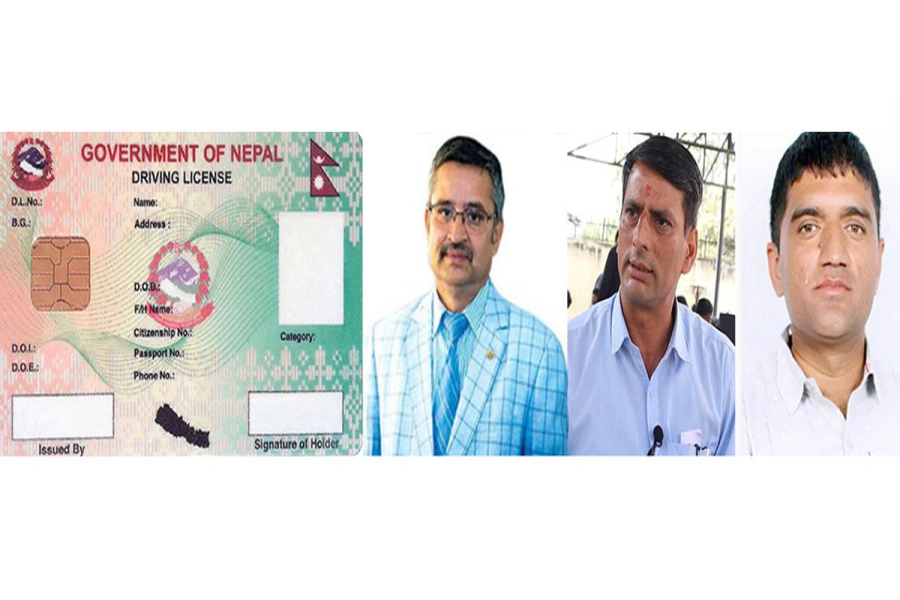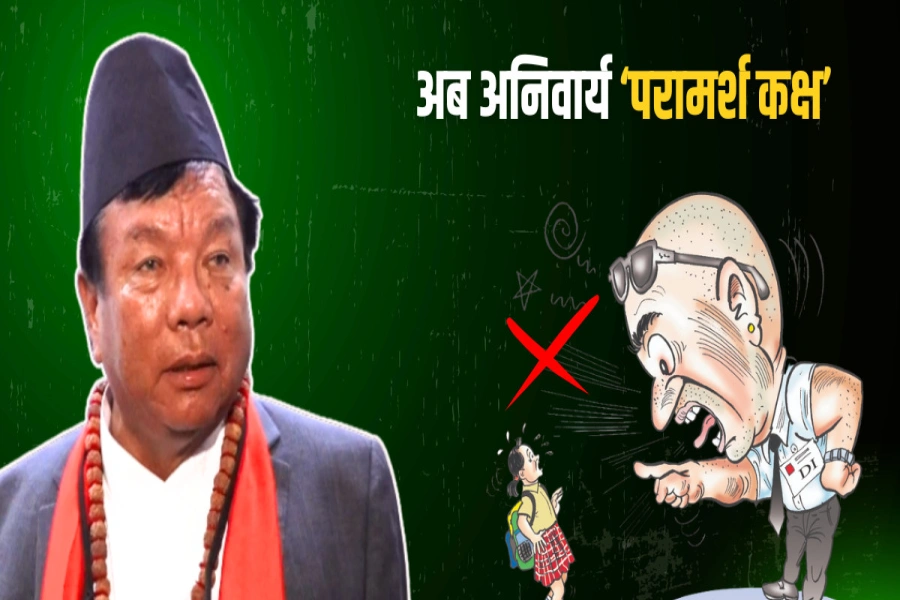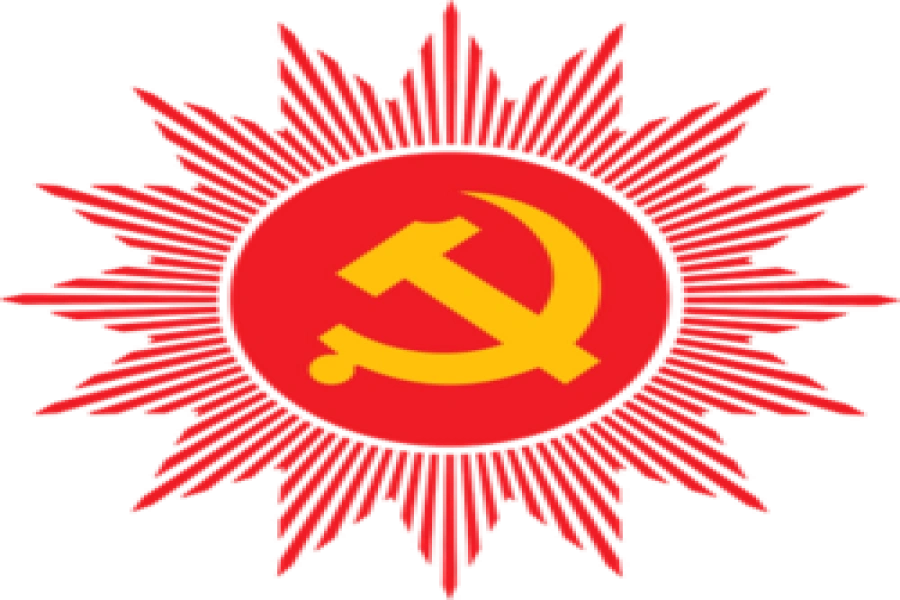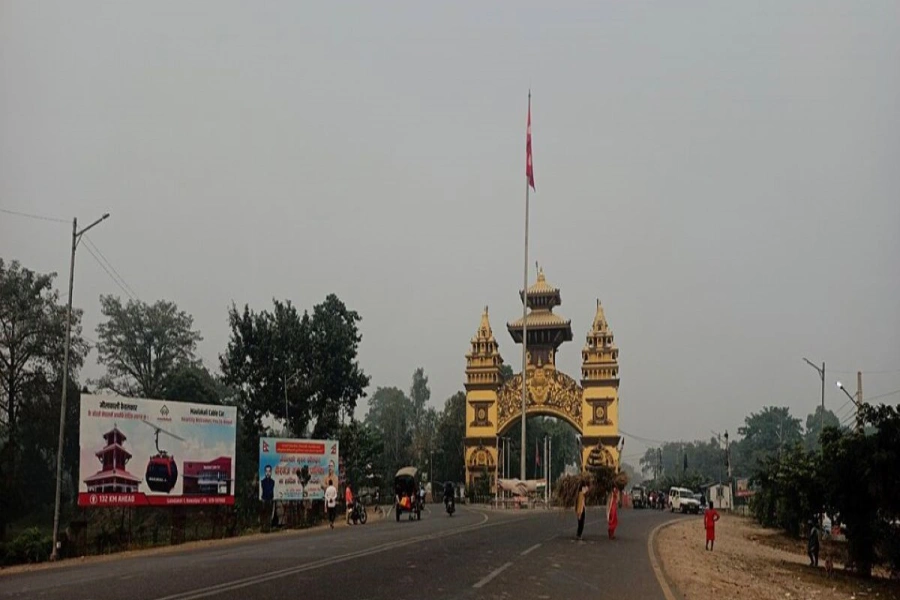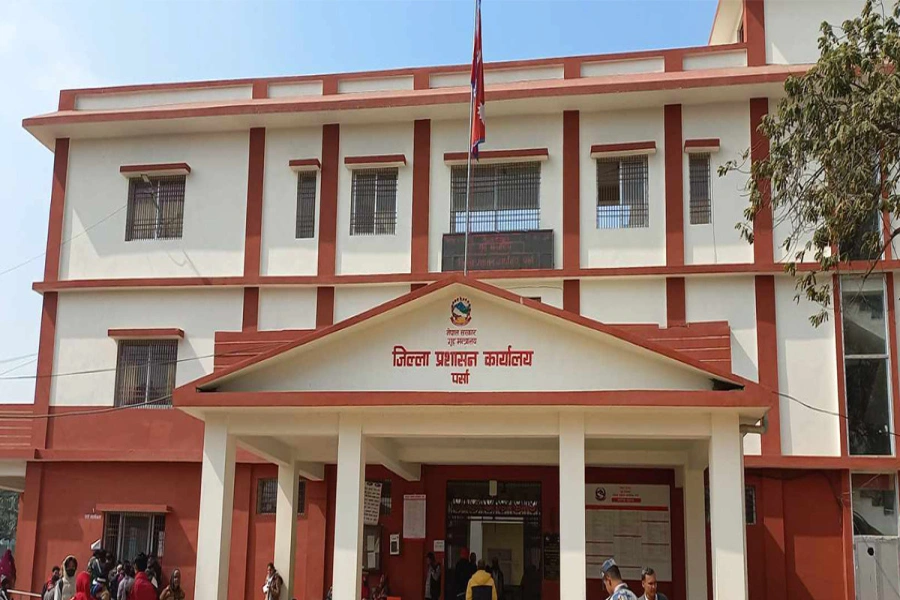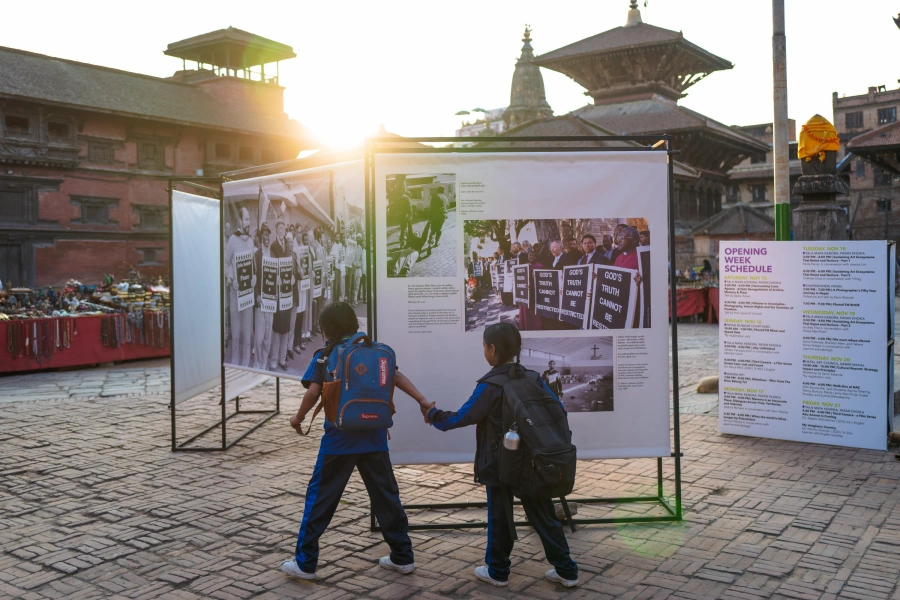A city is basically an area of land consisting of a certain population with their own administrative, legal, or historical status, having their head executive as a mayor. Also, a metro region has certain characteristics of a city with some additional traits. The term Metropolitan has been derived from the word metropolis, meaning “mother city”. Hence, the mother city provides jobs and various economic opportunities to the nearby population. A metro region comprises a primary city and other smaller cities or areas around it. It is a space comprising the urban area as a whole and its primary commuter area, typically formed around a city with a large concentration of people. A metro region or a metro area has numerous jurisdictions and municipalities. According to the Census Commission of India, a metropolitan region is one having a population of greater than 4 million with a large economic concentration. Tokyo is the most populous metropolitan city in the world with a population of 37.5 million. In Canada, for an area to be a metropolis, the population must be at least 0.1 million and it must have a high degree of connection with the adjacent municipalities, which is measured by the commuting flux, all decided by Statistics Canada.In Nepalese context, according to the local government operation act, 2017, the minimum population for a metropolitan city should be 0.5 million, and accordingly, 6 metropolitan areas have been delineated. But the designation of metropolitan city as defined by the local governance operation Act, 2074, does not comply with the basic definition of a metropolitan city as mentioned above, which says: compulsorily having a primate city and other areas around it having huge interconnection. In this article, the terms metro region and metro areas instead of metro city has been used.
Presently in the Kathmandu valley, there are 3 districts, namely Kathmandu, Lalitpur, and Bhaktapur, and a total of 16 municipalities; 2 metropolitan cities and 3 rural municipalities or villages. Since the rural municipality territories are mostly beyond the boundary of Kathmandu valley, the entire valley can be considered an urban area. As all the economic activities are linked within the 18 designated urban areas within the valley, there is an undeniable fact of interconnection within these urban units, resulting in daily commuting. The Kathmandu Valley, as a single planning unit, has been talked about for decades. The 1969 Physical Development Plan of the Kathmandu Valley was the first of its kind, drafted 53 years back by a physical planning advisor of the United Nations. Since then, various efforts have been made to develop the valley as a solitary unit. This has been followed by many planning documents, although mere implementation could be seen. The Executive Secretary of the Municipal Association of Nepal, Mr. Kalanidhi Devkota, in the magazine, “Voice of Cities," in 2012, also mentioned the urgency of metro-region delineation in and around four major cities of Nepal: Kathmandu, Biratnagar, Siddharthanagar, and Pokhara. It has highlighted the advantages of the metro-region into five categories: Economies of Scale, Proximity and Productivity, Integrated Land-use, Better Environment, and Solving Common Problems. To develop the Kathmandu valley as a single planning unit, the Kathmandu Valley Town Development Committee (KVTDC) was formed under the Town Development Act 1988 for the valley-wide development, keeping all the local units of the three districts—Kathmandu, Lalitpur, and Bhaktapur—in a single basket. Also, the Kathmandu Valley Development Authority Act was introduced in the same year. Later in 2012, KVTDC was dissolved and the Kathmandu Valley Development Authority (KVDA) under the KVDA Act was established and operationalized to function as a planning, developing, monitoring, regulating, and prohibiting agency for the valley. Under this act, a politically appointed Development Commissioner has been provisioned to be the chief of the institution, and the rest of the institution is wholly constituted of bureaucrats. The board of directors of KVDA includes the development commissioner as the chief and the mayors of Kathmandu metropolitan city, Lalitpur metropolitan city, Kirtipur municipality, Madhyapur Thimi Municipality, Bhaktapur Municipality, and various other major institutions as the members. This hierarchy has made the aforementioned functioning of KVDA less effective. It has been given a whole lot of power through the KVDA act but lacks the political and financial support it needs to bring the act into action. There is mere political representation from any of the three levels of government. The conflict between local governments and the authorities is real. The presence of various development institutions in all three tiers of government with the power to all and the lack of coordination and collaboration between these ministries and institutions have made the work environment even worse. For all these reasons, it has failed to meet its vision to make the Kathmandu valley a safe, clean, organized, prosperous, and elegant city.
Metropolitan Government
As the globe continues to become more urbanized, the study of issues related to the organization and management of urban areas has increased in practical relevance. Local urban units are the basic units of urban governance in many parts around the globe,namely districts in England, communes in France, Gemeinde in Germany, or municipalities in the USA, etc. Combining municipalities, i.e., amalgamation of the smaller local units within a metropolitan area, might be a solution to the coordination issue among local urban units. Although several nations have had success in reducing administrative fragmentation, these efforts rarely concentrate on fostering administrative coherence in major metropolitan regions. The establishment of a metropolitan governance body, an organization committed to the coordination of policies in metropolitan areas, offers an alternative to the merging of municipalities. But the opponents of Metropolitan governance have questioned the challenges of calculating economies of scale after establishing an area-wide structure of government. They have insisted on horizontal cooperation between local authorities as a replacement for a metropolitan government without resorting to such a heavy institutional form. For them, the logic of competition between various local units for better services and economic development prevailed.
Autonomy and Legitimacy of Metropolitan Government
The ability of metropolitan governments to enact laws of their areas of jurisdiction is a prerequisite for autonomy. Significanthuman and technical resources must be added if specific financial resources are required. Finally, for their activities to be acknowledged and applicable by all, first and primarily by the fundamental local authorities, metropolitan governments need political legitimacy. Although different nations have adopted different procedures, the direct election of their leaders is thought to be a crucial component of this legitimacy. Whatever the modality of governance, the legitimacy of the metro region’s governance model is only functional, whereas the legitimacy of the local units is its identification by the citizens, which are the political, psychological, and social components developed over a longer period of time that the metropolitan government lacks.
Do changing Nepali wedding practices indicate acculturation?

National capital region of Manila
The local governments of Metro-Manila post-war realized the need to provide services in Metro-Manila in a coordinated manner. In 1975, the Metro-Manila Commission was established with the Governor as the head, appointed directly by the President, which was functional till 1989. After the promulgation of the new constitution and the ending of the Marcos Administration, Aquino created the Metro-Manila Authority as an interim body in 1990 that was underaction till 1995. The Metro-Manila Council, which was made up of the mayors of the participating local government units (LGUs), oversaw the management of the MMA. The Chairman of the Council was a ceremonial (e.g., serves as meeting chairman) an advisory position who was chosen by the mayor-members for a six-month tenure. The Secretaries of various departments participated in Council meetings as non-voting members. The Council was in charge of providing overall direction in the development of economic and social policies. A Republic Act was enacted in 1995 after a compromise bill. The compositional definition of Metro-Manila is reiterated by RA, making it a special development and administrative region that is directly under the direction of the Philippine President, who appoints chairman holding the rank of a cabinet minister. The Metro-Manila Council was still the policy-making council that also included the president and various department heads.
The National Capital Territory Of Delhi
The capital of neighboring India, has been renamed the National Capital Territory (NCT). This region does not fall within any one particular province. It is the autonomous capital of India. It has three government units. There are nine districts in the National Capital Region, and each of these districts has three sub-regions. The chief of these districts is the deputy commissioner. The NCT region is one of the eight independent regions of India. It has a 70-member unicameral legislature, which is called the Legislative Assembly, like the legislatures of other states. There is also an independent judiciary and executive government, and the head of the executive government is called a lieutenant governor, who is appointed by the president of India. The government has a chief minister. This region is not a state, but its nature is like a state. The area has been a separate area since 1992 under the National Capital Territory Act and is called the National Capital Territory.
These two most talked about examples of NCR show that various modalities could be embraced depending upon the country's political scenario and what works best for one could not work the same for the other.
Kathmandu valley as an Autonomous Region
The capital city of Nepal, Kathmandu, has a long history of settlements dating back more than three thousand years ago, growing along the trade route between Tibet and India. In 300 BC or before, Kirants established the groundwork for the first towns. The Kathmandu Valley became the nation’s political, economic, and administrative center after Nepal’s unification in 1769, but it wasn’t until the 1950s that political centralization became visibly apparent. After the autocratic Rana Regime was overthrown in 1951, the monarchical authority held sway over policy making and development. Political unrest persisted until the 1990s, which brought Nepal two significant changes: the restoration of democracy and the surge of globalization, which brought about an unparalleled transformation in the urban form of theKathmandu Valley. The Communist Party of Nepal (Maoist), however, started a civil conflict that lasted for ten years until 2006, endangering the fledgling local administration (decentralization) and driving large numbers of people from rural areas in metropolitan areas, particularly the Kathmandu Valley.
A democratic monarchy was transformed into a federal republic by the mass movement of April 2006, which was intended to reduce the centripetal hold the valley had on the economy and government, if not politics. In terms of urban policy and development strategy, Nepal’s federal republic era has seen political turbulence for more than ten years. The Valley's population has increased dramatically over the years. Additionally, all metropolitan neighborhoods had experienced a considerable relocation from rural areas, just like in other regions of Nepal. Presently, the valley has been divided into 18 administrative urban units. The administrative frameworks now in place, in particular, are not functional and inadequate to manage the infrastructure, social, and economic concerns of the entire economic zone. The Metropolitan area’s number of municipalities, along with various line agencies, makes it challenging to coordinate services like transportation and land use planning, and therefore makes regional policy cooperation challenging. The way the Nepal Government controls the environment in the city has changed in recent years. The Ministry of Urban Development was founded in 2012 to act as the focal point for the coordination of all national infrastructure programs in urban areas. In addition, the 2017 publication of the National Urban Development Strategy is a concerted effort to identify locations for priority development and to plan urbanization for the next 15 years. Electable mayors, deputy mayors, and ward chairpersons oversee development in municipalities, sub-municipalities, and rural municipalities. The management of development in the Kathmandu Valley is the responsibility of the Kathmandu Valley Development Authority (KVDA), a larger governmental body. Numerous private actors and non-governmental organizations (NGOs) are also active in the valley’s urban environment. In addition to KVDA, there are more than 50 government institutions that contribute to shaping the urban environment of Kathmandu valley.
Supra-Municipal Model: The Long-Term Solution
Supra-municipality is the purest form of the metropolitan model, which has direct political legitimacy, clear financial independence, and numerous powers exercised across a relevant functional territory. The Supra Municipal Model simply means that the valley will have a single governing unit having either a single mayor (as in The Greater London) or governed as a single urban territory having powers similar to that of a province (as in National Capital Territory of Delhi). There shall be a two-tiered local government. The current municipalities or some similar structures will be the lower-level local units. The current policy of Nepal Government offers only two possibilities for such a supra-municipal government model. The first such policy is LGOA whose article 7 says that two or more municipalities in the same district can propose amalgamation to the provincial government. This shall further be submitted to the federal government for approval and will come into action just before the upcoming election. This means that, according to this act the best that could be done is establishment of three municipalities in the three districts of the valley. The sub-division of local governments has secured the position of numerous politicians and hence the probability of their willingness to voluntarily participate in the amalgamation in the near future could merely be expected. Nonetheless, the second such policy environment has been created by the constitution itself. According to Article 56 (5) of the constitution, special, protected and autonomous regions may be created for socio-cultural protection or economic development according to Federal law. This could be a way out for the establishment of KV as a single unit. Except for these two possibilities, this model does not seem to be implemented shortly. Presently, the administrative units that have just been established after federalism show least chances of amalgamation. Worldwide, the inter-municipal tosupra-municipal evolution of metro region governance has been seen and the evolution has barely occurred in the opposite direction although some critics has mentioned that the transformation of metro-region governance from intermunicipal to supra-municipal through amalgamation could weaken local democracy and lower public participation. In the long run, the supra-municipal model could be the future of our capital region as well. For the further discussion of metro-region governance modality, I haven’t dug deeper into what the institutional framework of the supra-municipal model shall be.
Immediate Solution
Except for the supra-municipal model, various inter-municipal models have been discussed further. The current structure of KVDA lacks both political legitimacy and financial autonomy. In the existing structure of KVDA, there is representation of a few mayors (6 out of 18) in the physical development board (PDB) and board of directors (BoD). This representation has been considered as “pseudo-participation” by the mayors, and hence mere participation could be seen in the meetings organized by the authority. This representation should be thoroughly revised after the local bodies are transformed into local government. Four modalities have been identified as the immediate solutions. The First model calls for a minor modification to the Physical Development Board of the KVDA, as specified in the statute, to include each of the valley's 18 mayors. Under this arrangement, the KVDA will continue to report to the Ministry of UrbanDevelopment, and the Minister will serve as the PDB’s chairperson. The second model suggests the establishment of a council of mayors, which would be the policy-making body of KVDA. Incorporating all the local governments into the council will help promote responsiveness and ownership of the local governments towards the institution, and hence the smooth running of KVDA will be possible. The lack of political legitimacy and the financial scarcity of the current institution will be partially addressed if this modality is implemented. The third model suggests the formation of a Kathmandu Valley development council similar to that of the Metro-Manila Council, constituting the President or Prime Minister and the provincial chief and mayors of the municipalities. Members of Model Number 2 as well as federal and provincial MPs from the valley's electoral regions make up Model Number 4. Members Of the parliament in the House of Representatives in particular are closer to the voters in their area. Furthermore, the way KVDA is operating in the current scenario shows how important they are to KVDA’s project planning and budget allocation. Their participation in the Council will provide the institutions' decisions legitimacy, support from the federal and provincial budgets, and ownership by all three tiers of government. The inefficient and uncoordinated development approach through institutions more than half a century in numbers established under all three tiers of government could be solved by including various department heads on the council or the board of KVDA to increase the institution's financial leverage, responsiveness and ownership of the line agencies towards the institution. For instance, the development of particular infrastructures by the concerned authorities (e.g., construction of roads by the Department of Roads) in accordance with the master plan created by KVDA. Project formulation will be simpler, and it is anticipated that there won’t be any project duplication, as there is now. All the modalities will have similar responsibilities of planning, monitoring, and coordinating the urban activities and development within the metropolitan area and also construction of some special physical infrastructure at the metro-level.
The four immediate solution models that have been mentioned could be implemented by substantially altering the KVDA act as it currently stands. The MoUD will process the act modifications, which will then need to be approved by the parliament and will come into action.
Conclusion
The current functioning of KVDA is mostly driven by influential bureaucrats and politicians at all levels. The Physical Development Board of the institutions has involved the federal and local governments. However, the local government considers this a fictitious engagement. There is a lack of provincial representation, and the mere participation of local government could be seen in the meetings organized by KVDA. The local government, although through the mayor’s forum, has demanded the scrapping of the institution. This research found out that the mayors have also felt the need for this institution. The fact that most of the urban policy-makers agreed on the need for changes in the current institutional structure of KVDA validates the modalities created. The models generated will provide a clear way out forco-ordination between the three levels of “government and also the government institutions”. Out of the five models, one being the long-term solution and the other four being the immediate solutions, three of the models under the immediate solutions have demanded the formation of a council as the legislative body of the Kathmandu Valley Development Authority. The executive body will be the authority itself. All three of these models demand horizontal coordination between the municipalities under the umbrella council.For the implementation of immediate models, either the Minister of Urban Development or the Prime Minister shall make a bold political decision to make the amendments needed to the existing KVDA Act. The Kathmandu Valley PublicTransportation Authority (KVPTA), has a Kathmandu Valley Public Transport Council for the operation, supervision, and management of all the activities of the authority with Kathmandu Metropolitan City Mayor as chairperson of the council. This shows the present-day need for the involvement of local government in the metro-region institution for both political and financial legitimacy. The appropriate model, the generalization of any such model is almost impossible, depends on various factors, and the choice of the best model for any region is always case-based, but there is no doubt that with the changed political scenario of the country and the implementation of the new constitution, strong representation of all three levels of government is needed in the institution that has the responsibility to look into the whole capital region of the country to meet the regional goal of valley wide-development.




